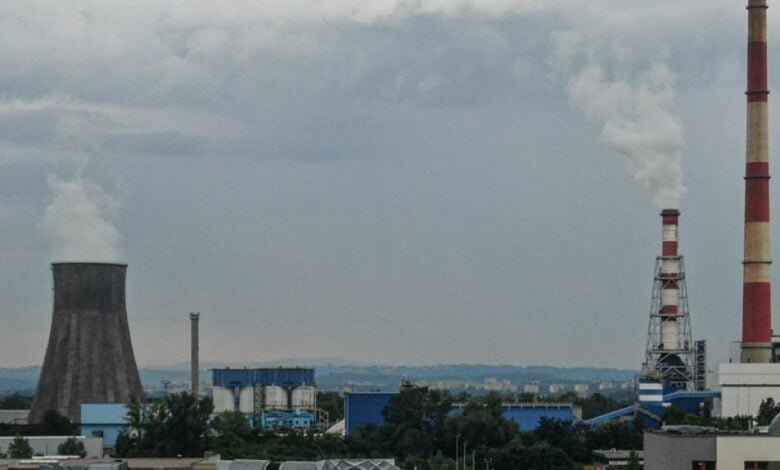World could surpass UN climate goals within 4 years, new report warns

World could surpass UN climate goals within 4 years, new report warns
——————————-
A new Global Carbon Budget report warns the world could exceed the 1.5°C warming limit within four years as emissions hit record levels.
Global carbon emissions from fossil fuels are projected to reach a record high this year, placing the world on course to surpass the UN’s 1.5°C warming threshold as early as 2029, according to the latest Global Carbon Budget report. The findings, highlighted by Anadolu Agency, show that despite rapid renewable energy expansion in several regions, global emissions continue to rise overall.
The report estimates that fossil fuel emissions will grow by 1.1 percent this year, reaching 38.1 billion metric tons of carbon dioxide. Researchers say the data points to an ongoing regional shift — with emissions accelerating in the United States and the European Union but rising more slowly in China and India.
“These findings are in line with recent years,” said Anna Michalak of the Carnegie Institution for Science, noting that while some regions are cutting emissions, global totals continue to climb. She added that the world remains off track to meet the goals of the 2015 Paris Agreement, which seeks to limit warming to 1.5°C above preindustrial levels.
The report was released as world leaders convened in Belem, Brazil, for the 30th UN Climate Conference (COP30), a summit marked by the absence of the United States.
A separate analysis from the International Energy Agency warns that under current energy policies, global temperatures could rise nearly 3°C by the end of the century. Even with planned clean-energy commitments — such as expected peaks in coal and oil demand by 2030 — warming would still approach 2.5°C.
Glen Peters, co-author of the Carbon Budget report, said rising energy demand continues to delay the moment when emissions finally peak. China’s emissions have nearly stabilized, rising only 0.4 percent this year due to large-scale renewable investments. India’s emissions are expected to rise by 1.4 percent, partly moderated by an early monsoon that reduced electricity demand.
Meanwhile, emissions in the EU and US have increased due to colder winters, reduced wind output, and shifts in fuel prices.
“We’re running out of time,” said project director Pierre Friedlingstein. “But we can still see progress.”






